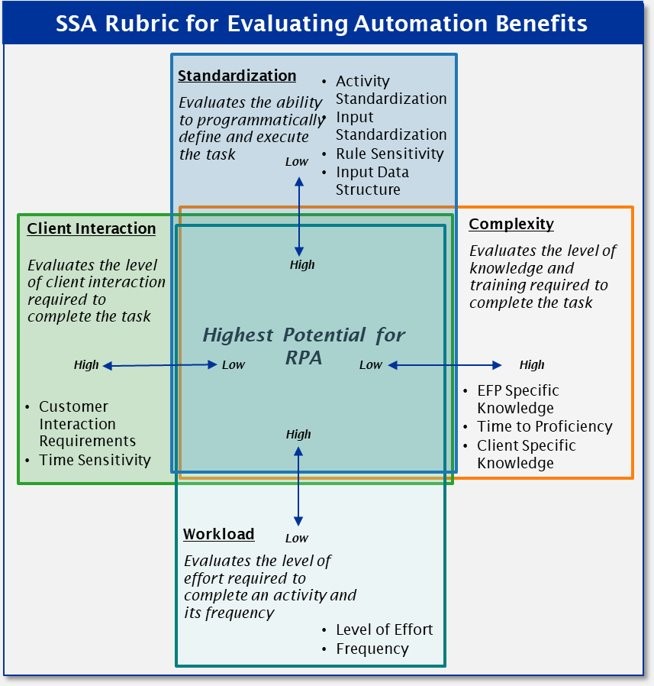Insight
GenAI – A Catalyst to Transform the Operating Model
Private Equity Portfolio COOs face increasing pressure to unlock value from GenAI, yet the reality is sobering: only
Learn More

As companies turn their focus to reemerging, the current market environment presents an opportunity to think and invest strategically in solutions that drive immediate results and lessen the impact of future market shocks. How do you prepare for the New Abnormal when so much is unknown and defies preparation? Get nimble. Move swiftly. Build capability that allows you to react to sudden, frequent change.
In an earlier article, “Thriving in the New Abnormal Requires Reinvention”, we highlighted three key objectives for a successful Sprint with Digital:
Let’s take a closer look at one of those digital tools – Automation, a composite of technologies that can simultaneously drive rapid results and strategic change. Whether a company was already in the middle of a digital transformation, or has had digital transformation thrust upon them, process automation can drive profitability and can provide a bulwark against future disruption. However, as with so many digital tools, ROI depends on a lot more than the technology; it requires a holistic plan for organizational and operating model change.
“Hire” the Digital Workforce
Focusing on the technology for a moment, automation has grown beyond Robotic Process Automation (RPA) to include a larger suite of solutions (including OCR, NLP, AI, Machine Learning). But that’s not the point. Automation can’t be viewed through the lens of technology. Instead, there are “digital co-workers”. Automations are part of your business organization, working alongside human co-workers. This integrated, optimized workforce allows companies to:
Activating the Digital Workforce: Factors for Success
Let’s address the elephant in the room – most automation projects fail to deliver financial results. Smaller benefits are inherent to the technology and are achieved most of the time. Unfortunately, the important benefits are far more elusive, don’t let them escape!
Succeed where others have failed

Successful automation implementations include more than technology:
Implementing a Digital Workforce in the New Abnormal: Think Big, Start Quick, Focus on Bottom-line Wins
Current market pressures require rapid ROI from minimal investment in automation, but this must not come at the expense of strategic transformation. The best approach accelerates this long-term commitment to automation with quick win opportunities. Focusing on automations that can be implemented within six weeks and deliver financial benefit within six months, our work across industries and all sizes of company revealed a rubric for determining quick wins:
Wrap Up
Implementing process automation can be a multiyear journey, but you can provide significant value immediately. Create “digital co-workers,” start small and stay focused to achieve critical benefits in the short-term and provide a foundation for layering on additional capabilities. Articulate a plan that does more than treat automation as a technology project. Update upstream and downstream processes, map automation metrics to business KPIs and operating model impact, integrate organizational design, and drive change management. Thoughtfully implementing the automated, digital workforce is an integral component of the Sprint with Digital.
Private Equity Portfolio COOs face increasing pressure to unlock value from GenAI, yet the reality is sobering: only
Learn MoreNick Kramer sheds light on cybersecurity questions every CISO must answer in this CSO article. He says CISOs
Learn MoreMatt Katz details how leading furniture retailers are thinking about industry stagnation in this Retail Dive article. Home
Learn More